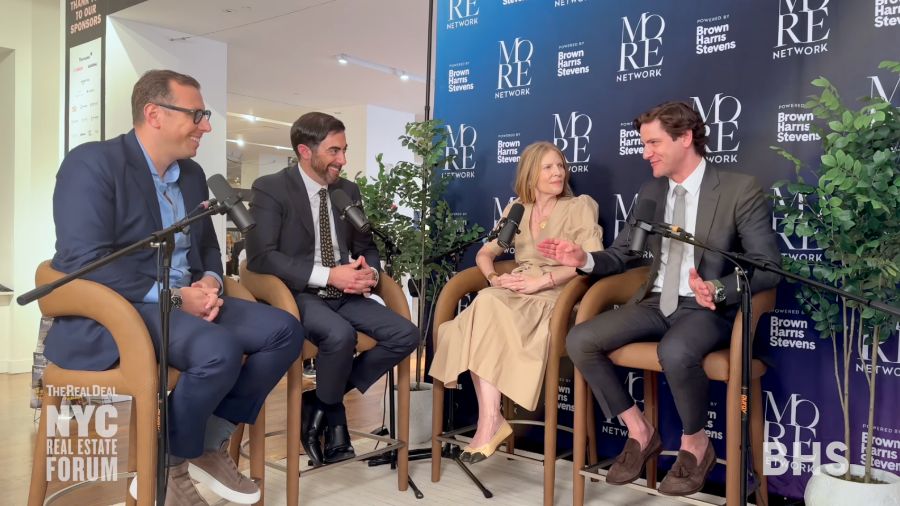By Candice Milano & Malessa Rambarran, Licensed Real Estate Professionals
Understanding the Strategy That’s Opening New Doors for Real Estate Investors
Traditionally, buying real estate meant owning 100% of a property — and shouldering 100% of the responsibilities. But in today’s evolving investment landscape, fractional real estate ownership is offering a more accessible, diversified, and flexible path to property ownership.
Whether you're an aspiring investor looking to break into the market or a seasoned buyer exploring alternative strategies, this post breaks down everything you need to know about fractional ownership: what it is, how it works, the pros and cons, and what to look out for.
What is Fractional Ownership in Real Estate?
Fractional real estate ownership refers to the shared ownership of a single property among multiple investors. Each owner holds a percentage (or "fraction") of the asset, proportional to their investment. In return, they share the income, expenses, and potential appreciation of the property.
Unlike a timeshare, which grants limited usage rights, fractional ownership provides actual equity in the property — meaning your share can grow in value and be sold or transferred, just like traditional real estate.
How Does it Work?
Here’s how fractional real estate typically works:
- A property is acquired by a sponsoring group or platform.
- Shares in the property are made available to investors — this could be through a legal entity like an LLC or via a real estate crowdfunding platform.
- Each investor contributes capital to purchase a portion of the property, gaining ownership rights.
- Rental income, maintenance costs, and taxes are shared proportionally among investors.
- Exit strategies vary — some platforms allow owners to sell their shares after a lock-up period, while others facilitate resale through a secondary marketplace.
Real-World Examples
- Luxury Vacation Homes: Companies like Pacaso and Ember allow co-owners to buy shares of high-end vacation properties and use them for personal stays throughout the year.
- Commercial Real Estate: Platforms like Fundrise or RealtyMogul enable fractional investments in office buildings, multifamily properties, or retail centers, generating passive income without hands-on management.
- Single-Family Rentals: Companies such as Arrived and Lofty AI let you buy fractional shares in rental homes for as little as $100, opening the door to rental income without the need for a mortgage.
Benefits of Fractional Ownership
- Lower Capital Requirements: You can start investing in real estate with a fraction of what you'd need to buy a full property.
- Diversification: Spread your money across multiple markets or asset types to minimize risk.
- Passive Income: Earn rental income without the burden of property management.
- Liquidity Options: Some platforms offer resale marketplaces or periodic buyouts, making it easier to exit your investment.
What to Watch Out For
- Liquidity Limitations: Unlike stocks, fractional real estate shares aren’t always easy to sell quickly.
- Fees: Management fees, platform fees, and legal costs can eat into your returns. Read the fine print.
- Decision-Making Power: You may have limited say in major decisions about the property.
- Tax Complexity: Depending on the structure, fractional ownership can trigger multi-state tax filing requirements.
Is It Right for You?
- Fractional real estate ownership is best suited for:
- First-time investors testing the waters of real estate
- Busy professionals looking for passive income
- Individuals who want diversified exposure without buying full properties
- People interested in luxury homes they can’t afford alone
If you value accessibility, diversification, and simplicity, fractional ownership can be a smart move. But it’s important to carefully vet the platform or structure you’re investing through — and understand how your share is protected legally.
Fractional real estate ownership is changing the way people invest in property. By lowering the financial barrier and simplifying management, it opens up opportunities that once seemed out of reach. As with any investment, do your homework — but if done wisely, this model could become a cornerstone of your long-term real estate strategy.



